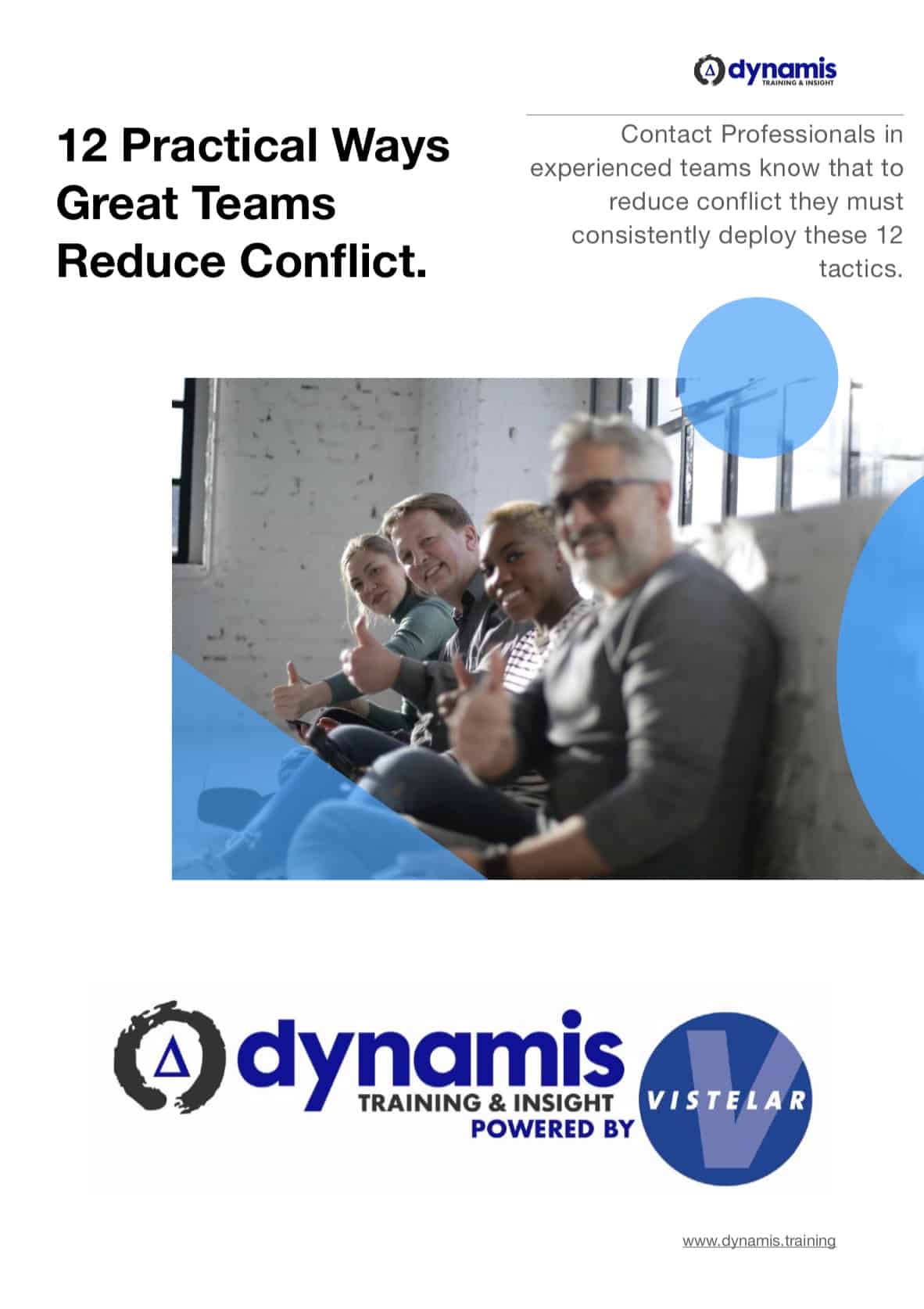Spotting the signs of Escalation during Lone Working Conflict
Inter-personal conflict will induce a release of adrenaline in the person’s body and cause a number of changes in their physiology. Some of these physiological changes will have outward, observable results, for example:
- Facial colour change
- Change in breathing
- Movements become larger and ‘jerky’
- Pacing and Repetitive movements
- Suddenly speechless or monosyllabic
- Staring or ‘looking through you’
- Aggressive Gestures
Facial colour change: The drastic changes in heart-rate and blood pressure cause a change in blood-flow t othe extremeties. Interestingly, for anger, we usually register the ‘red-face, but for fear we register the “whitening” of the face. Our suggestion is that either condition should warn you of a deep and significant adrenaline rush in the person’s body which is making them more dangerous/less rational, and therefore you need to pay heed. This is a good time for you to take a step back and introduce a ‘barrier signal’ during a Lone Working Conflict.
You will observe: reddening or whitening of the face
Change in breathing: In order to feed the engine of survival athleticism,the body initiates a process of ‘vaso-constriction’ essentially squeezing the blood vessels of the extremities tight and thereby forcing the blood volume to concentrate in the torso. This has the effect of making the significant proportion of a person’s blood volume to be rushing around near their heart and lungs. The engine driving athletic performance is at once delivered large volumes of vital oxygenated blood which will drive its activity. The body also increases the rate at which it is sucking air in and pushing it out of the body, thus allowing a more rapid rate of gas-exchange and therefore, in simple language, putting more coal in the furnace during a Lone Working Conflict.
You will observe: deepening (heaving) and/or quickening of the breathing; a deep inhalation or exhalation
Movements become larger: “jerky”: Our survival system is wired for sprinting / climbing / jumping out of the way of dangerous scenarios. It has not yet wired itself to ‘maintain an aura of dignity’ or ‘show a calm and mature manner’ when escaping from serious threats. Therefore, the evolutionary imperative has become “use the big push/pull muscles of the chest and the powerful thrusting muscles of the legs to get away from danger”. In summary, the larger muscles (which contribute most to ‘gross motor movement’ ) are engaged while the smaller muscles (which contribute to fine or complex motor movement) are dis-engaged…leaving us with the very expressive, demonstrative behaviours that we all recognise as what Rory Miller has termed the ‘Monkey Dance’ in his books (for example: Meditations on Violence)
You will observe: expressive, wide, large-format movement with powerful, tense qualities.
Pacing or Repetitive movements: In an effort to ‘work off’ some of the excess energy now coursing through the system, the person (possibly quite unknown to themselves) will initiate some repetitive movement cycle or pattern. The most commonly known one of these is pacing…the person will, quite without conscious volition, start to walk up and down in order to dissipate the tremendous energy building up (without sufficient outlet) in their legs. Their legs want to carry them far, far away from this stressful situation…or power them to climb a tree, or kick something really hard.
Sometimes,the pattern is not pacing, but instead some kind of repetitive movement, such as stroking their arm, or nodding, or shaking their head. It might be a self-comfort signal.
Something about our crisis, survival behaviour favours repetition (or perseveration of an action once it has begun). Notice this pattern and take a step to acknowledge it during a Lone Working Conflict.
You will observe: a repetitive pattern, most often pacing, but also possibly any other repeated action.
Suddenly speechless or Monosyllabic: The same issues effecting people’s fingers (vasoconstriction and loss of sensation) will effect their lips and tongue, as they are smaller-movement . Essentially, under the effects of a strong adrenaline-dump survival stress response, the person’s ability to put thoughts into words will be dimmed, and meanwhile their motor-skills (used to rapidly form shapes with your talking-tools and your voicebox) will deteriorate.
The phenomenon associated with this is the ‘look away and punch’ which we have had described to us so many times in our training sessions:
“I was talking to the service user about this difficult decision we were trying to make together and then, after I raised a particularly contentious point, they suddenly went really quiet and turned away. Next thing I knew I was seeing stars – he punched me in the head!”
A person who is going to hurt you usually has to go through a process of de-humanising or de-personing you before they can do so. The look-away and the silence may be part of this.
You will observe: a quietening, a possible narrowing of focus, but away from you. They were talking, but now they are swallowing hard and they have ‘gone quiet’. Be cautious.
Staring: “looking through you”: During a survival moment, your primal systems won’t want to miss a moment of what’s happening. It will shut off your blink reflex, widen your pupils and dramatically increase your brain’s visual data-processing speed so that you can literally see things that otherwise are not there. This effect can also happen to a person who is seeing you as the threat, and they may fixate, pupils widening, appearing to be looking ‘right through you’ during a Lone Working Conflict.
Some research was carried out many years ago into the personal safety practices of some night workers – their number one safety rule was to look out for the ‘thousand yard stare’.
You will observe: a fixed gaze, looking ‘through’ you or seeming to look in your direction but not necessarily at your eyes but at another part of your body. The person will be engaging you with their eyes but not conversationally.
Aggressive Gestures: Desmond Morris, the well-known author of books on human behaviour and body language expert, has described the use of the ‘finger baton’ and its origins. In particular in situations where there is a difference of opinion, we see one or other person employing this gesture in order to emphasise their own point of view. It is a reasonably reliable indicator of how aroused the person is, being quite a primal and deep-level behaviour.
You will observe: a wagging or pointing finger, being used as a pseudo-weapon, brandished in front of your face and being directed towards you and/or the object of the conversation. It may from time to time also manifest as a fist, or the hand may indeed may be holding an object as an ‘improvised’ weapon.
Next: Broadcasting Body Language which enhances safety during a Lone Working Conflict.

Gerard O’Dea is a professional violence-management trainer/consultant who has been active in personal safety training since 2006. He regularly delivers training to local authority, housing organisation and other community-based staff teams who work with sometimes difficult, distressed or dangerous members of the public. His approach to lone-worker training is pragmatic, functional and based on a keen analysis of the issues in the real world of community working. Gerard published “Lone Worker Personal Safety: A Guidebook for Health and Social Care Staff” (on Amazon in Paperback and on Kindle) in 2014. For more information please visit: https://www.dynamis.training/lone-worker-personal-safety/




This fits in well with the published research on indicators of impending violence.
It should also be common sense, are we becoming so alienated and lacking in empathy that we don’t see things coming or anticipate that the other person is not going to like the message we have to give.